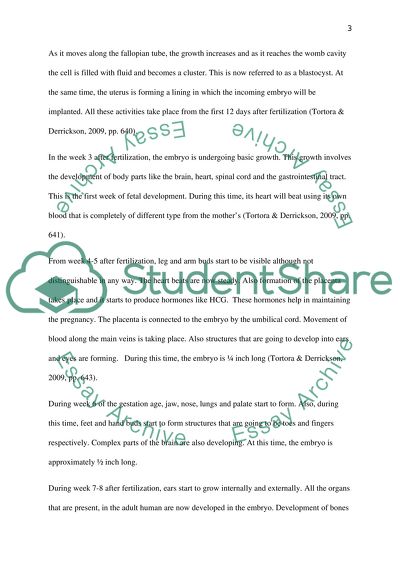Cite this document
(“Describe the development of the fetus in the uterus. Describe the Assignment”, n.d.)
Retrieved de https://studentshare.org/biology/1468877-describe-the-development-of-the-fetus-in-the
Retrieved de https://studentshare.org/biology/1468877-describe-the-development-of-the-fetus-in-the
(Describe the Development of the Fetus in the Uterus. Describe the Assignment)
https://studentshare.org/biology/1468877-describe-the-development-of-the-fetus-in-the.
https://studentshare.org/biology/1468877-describe-the-development-of-the-fetus-in-the.
“Describe the Development of the Fetus in the Uterus. Describe the Assignment”, n.d. https://studentshare.org/biology/1468877-describe-the-development-of-the-fetus-in-the.


